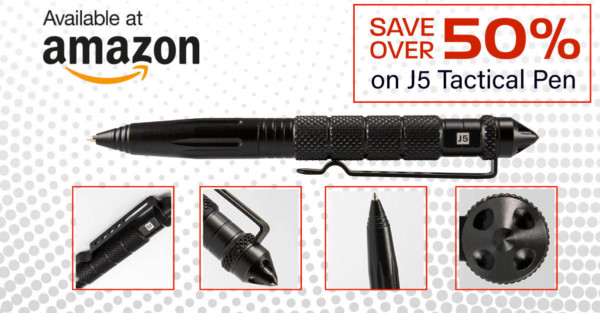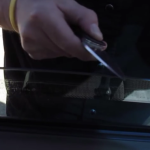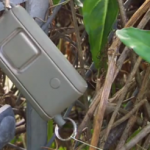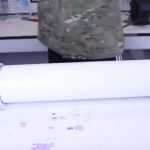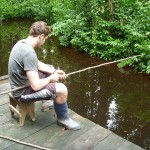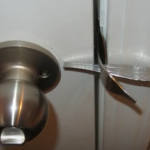There are very important differences between ligaments and tendons, and injuries to either one will have different impacts on the body. In many cases, it is easy to identify whether an injury is caused by a torn or ruptured ligament or tendon, and this can help to ensure that you are providing the proper form of treatment in the field.
Ligaments are strong, fibrous strands that connect bones to bones, most commonly at joints. This includes small joints such as different sections in fingers and toes to large ones such as elbows, shoulders and knees. They provide the necessary structural support that holds everything together. They are incredibly strong, yet flexible, and it usually takes a good deal of force to cause them to tear or rupture.
Tendons attach muscles to bones, but they also connect the eyes to their respective sockets. Tendons are responsible for joint movement. When you move a muscle to bend a joint, that muscle pulls or contracts tendons that make this movement possible. Tendons are also strong and flexible, but they are often seen as less resilient and durable than ligaments.
Tendon Injuries
Surprisingly, most tendon injuries occur over time as the cumulative process of tearing takes its toll on the structure. This is why people who engage in certain repetitive activities, mainly sports, end up with chronic and life-long problems. Tennis elbow and thrower’s arm are two common examples. Tendons take time to heal, and even after tears are repaired, they often leave scar tissue that can be a source of pain and discomfort.
Fast injuries such as tears from a serious fall or twisted ankle are much more severe and debilitating. These are the ones that we must be on the lookout for during survival situations. They usually occur when the tendon is stretched beyond its limit, either gradually or abruptly. Wrists, knees and ankles are the most common sites, however, injuries to knuckles in the hand are also usually the result of a tendon injury.
Assessing a tendon injury is simple, but difficult at the same time. To determine whether or not the tendon is strained or partially-torn, simply ask the patient to move the affected limb or digit. If they can move it, then the tendon is still intact. If they have difficult moving it, then the tendon has ruptured because there is one less link between the muscle and the bone. However, the difficulty emerges from acute pain and swelling that makes moving the affected area a painful proposition. Just remember that there is a difference between not wanting to move a sore digit or joint as opposed to not being able to do so. Keep in mind that the victim may be able to partially move the affected area even if a severe tear has occurred.
Ligament Injuries
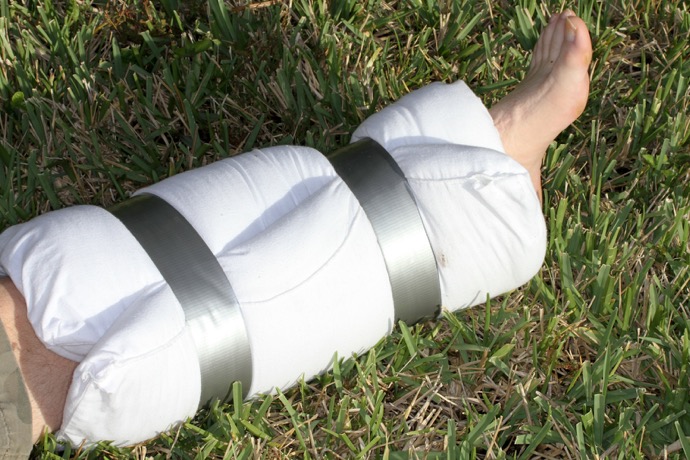
Sprains are usually descriptive of ligament injuries. Torn or stretched ligaments in the ankle are the most common, next to wrists and knees. Knee ligament injuries are undoubtedly the most severe, painful and debilitating. However, a good ankle injury can prevent someone from walking for days if not weeks. Furthermore, severe injuries can cause the ligament to completely tear or come off of the bone. If this happens, the victim will not be able to move the affected area without assistance, and there’s a good chance that the limb or digit will end up dangling.
Cold therapy, immobilization, elevation and rest are the common recipes for field-treating tendon or ligament injuries. Elevate the affected area, place a cold compress over it in order to reduce swelling and remove after 10-15 minutes. Wait five minutes and repeat. Giving the victim some anti-inflammatory medication can also help to reduce the pain. Immobilization is very important as any further movement or stress on the affected area can produce severe pain in addition to aggravating the injury.
Most minor injuries will resolve themselves after a few days of rest and taking it easy. However, severe injuries should be attended to by a physician where x-rays can be taken. It is almost impossible to determine the extent of a severe injury by feel or sight, and overlooking a major problem can lead to a life-long disability. In some cases surgery is necessary to repair torn ligaments and tendons, especially if they completely detach from the bone.
If you encounter a severe injury in the field, it’s important to immobilize it and then transport the patient to a location where medical help is accessible. If you must leave the patient, make sure their injury is secured, they have shelter, food, water and are in a position where they will not need to move unless absolutely necessary. Make sure that you do not force the patient to use the affected limb if they are insistent that it either hurts too much or they are not able to move it properly.
These types of injuries present challenges in the field as you may be in terrain that is difficult to traverse or miles away from help. You will need to step back, assess the situation and determine the appropriate course of action based on your circumstances. Just make sure that you consider the information presented in this article and do some further research so you will be in a position to make the best possible decisions in the field if the need arises.



